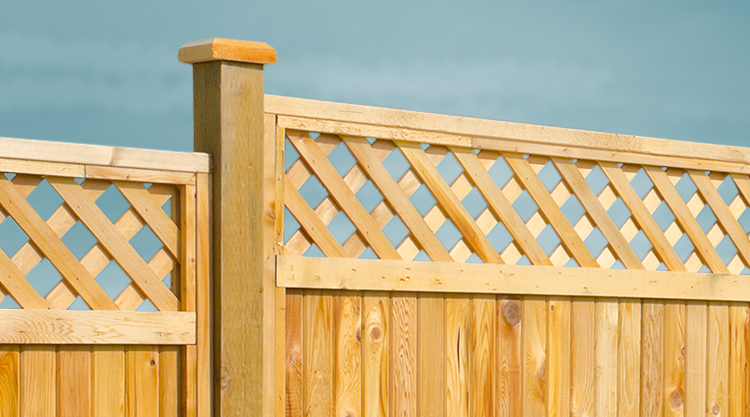
A Great Fence
Defining Your Boundaries
A great fence is one that does the job you want and stands the test of time. It’s beautifully designed, complements the home, and remains straight and solid for years and years after it’s installed. The secret to getting such a fence lies in the following details.
Ensure solid grounding
Setting posts in concrete footings secures them firmly in place. It’s good practice to extend each footing above ground and to taper the top (like a cone). The taper will ensure that water drains away from the posts. Concrete is crucial beneath large double gates because the leverage imposed by the gates on the posts can pull their tops toward the middle, causing the gates to bind.
Insist on high-quality lumber
“With good design and attention to detail, treated Southern pine makes a long-lasting and attractive fence,” says Ambler, Penn. contractor Mark Clement. “It’s also visually and physically substantial.” High-quality treated wood has a natural beauty that requires no coating, but it can also be stained or painted to match the home.
Seal all end cuts
If you look at the end of a board under a microscope, it looks like a bundle of drinking straws. So it’s no surprise that’s where water will most likely be sucked into the grain. Sealing field cuts with a copper naphthenate preservative is always a good idea. Monroe, LA contractor Mike Davis, a restoration specialist with 30 years’ experience, goes a step further and seals the end of every board in each fence.
Bevel all horizontal surfaces
Many fences include copper-clad post caps but if you’re not using caps, it’s a good idea to cut the post top so that it sheds water. Less common but also very helpful is to bevel the tops of all the rails—top, middle, bottom—for the same reason.
Build in drainage
This is a detail very few fence builders even know about. Installing a drainage mat wherever two boards are sandwiched together goes a long way toward reducing the chance of rot. Use a landscape reinforcement fabric stapled to the back of the horizontal runner. The mat compresses tightly enough to permit a secure connection between the two boards while leaving just enough gap for the board to dry out.
Uncommon Practices, Uncommon Fences
Many contractors understand the wisdom behind these details, but relatively few are in the habit of making bevels, sealing end cuts, or building in drainage. If you want that, you’ll need to write it into the specifications, then confirm that the work gets done. The reason these details are uncommon is that they add cost. It’s up to the homeowner to decide if that’s worth the better quality. But remember that “you get what you pay for” is only a cliché because it’s true.
Find inspiration, building tips, and ideas for your next project.
Download the Book